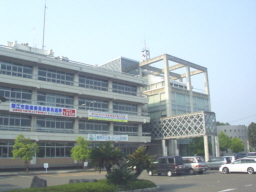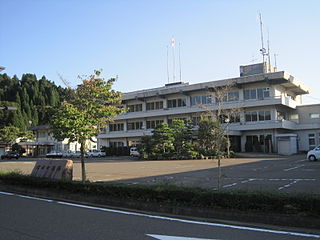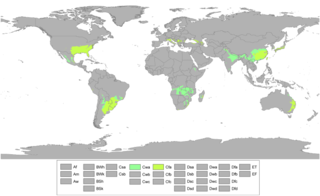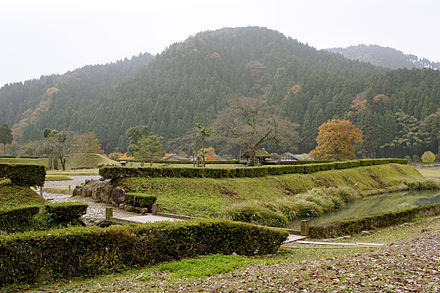| Fukui 福井市 | |||
|---|---|---|---|
| Special city | |||
 From top left: Ichijōdani Asakura Family Historic Ruins, Kitanosho Castle, Fukui Castle and Fukui Prefectural Government, Cherry trees along the Asuwa River, Echizen-Kaga Kaigan Quasi-National Park | |||
| |||
 Location of Fukui in Fukui Prefecture | |||
| Coordinates: 36°3′50.6″N136°13′10.5″E / 36.064056°N 136.219583°E Coordinates: 36°3′50.6″N136°13′10.5″E / 36.064056°N 136.219583°E | |||
| Country | Japan | ||
| Region | Chūbu (Hokuriku) | ||
| Prefecture | Fukui | ||
| Government | |||
| • - Mayor | Shin'ichi Higashimura | ||
| Area | |||
| • Total | 536.41 km2 (207.11 sq mi) | ||
| Population (July 1 2017) | |||
| • Total | 264,217 | ||
| • Density | 490/km2 (1,300/sq mi) | ||
| Time zone | Japan Standard Time (UTC+9) | ||
| City symbols | |||
| -Tree | Pine | ||
| -Flower | Hydrangea | ||
| Phone number | 0776-20-5111 | ||
| Address | 3-10-1 Ōte, Fukui-shi, Fukui-ken 910-8511 | ||
| Website | www | ||

Fukui(福井市Fukui-shi) is the capital city of Fukui Prefecture, Japan. As of 1 July 2018 [update] , the city had an estimated population of 264,217, and a population density of 69.2 persons per km², in 102,935 households. [1] Its total area is 536.41 square kilometres (207.11 sq mi). Most of the population lives in a small central area; the city limits include rural plains, mountainous areas, and suburban sprawl along the Route 8 bypass.

A city is a local administrative unit in Japan. Cities are ranked on the same level as towns and villages, with the difference that they are not a component of districts. Like other contemporary administrative units, they are defined by the Local Autonomy Law of 1947.

Fukui Prefecture is a prefecture of Japan located in the Chūbu region on Honshū island. The capital is the city of Fukui.

Japan is an island country in East Asia. Located in the Pacific Ocean, it lies off the eastern coast of the Asian continent and stretches from the Sea of Okhotsk in the north to the East China Sea and the Philippine Sea in the south.




































